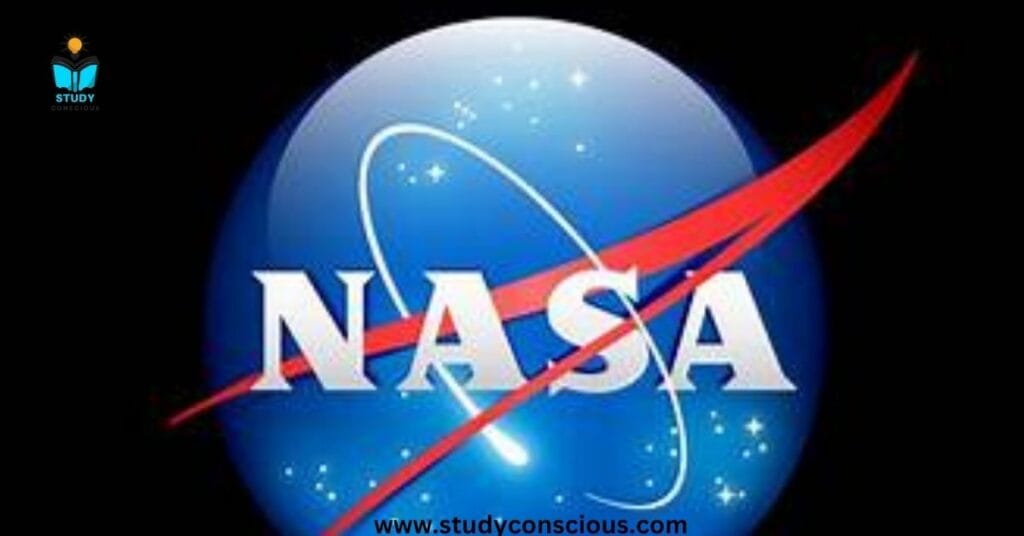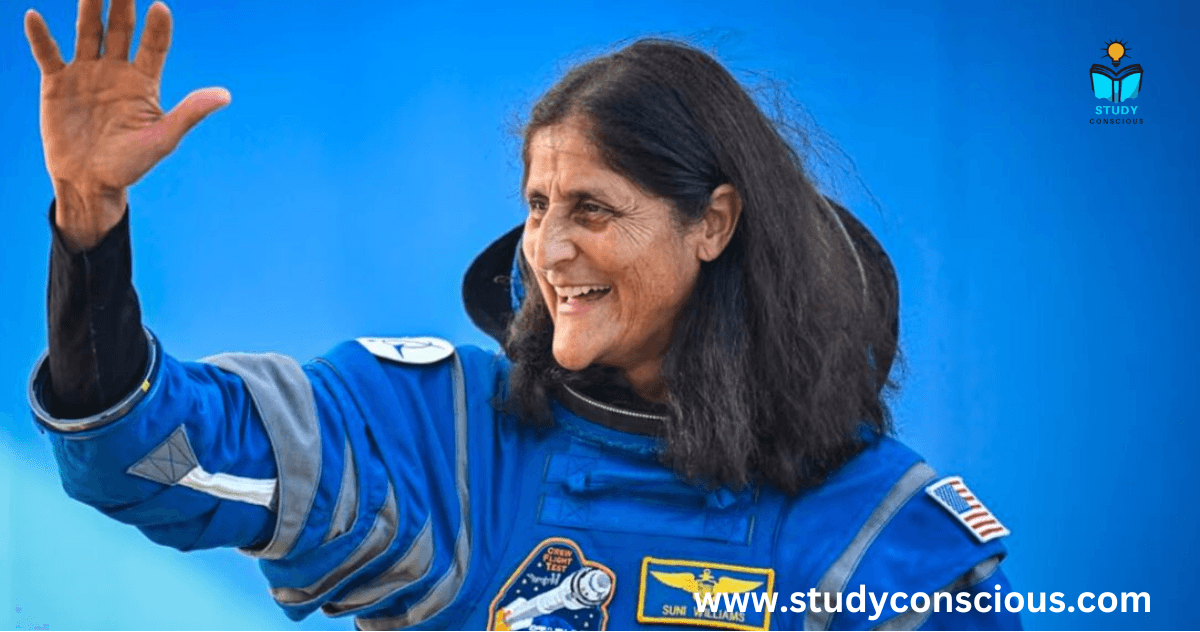NASA astronaut Sunita Williams is poised to conclude an extended mission aboard the International Space Station (ISS). Initially scheduled for a brief stay, her mission was prolonged due to technical issues with Boeing’s Starliner spacecraft. Williams and her colleague, astronaut Butch Wilmore, have been on the ISS since June 2024, totaling approximately nine months in space.

To facilitate their return, NASA and SpaceX launched the Crew-10 mission on March 14, 2025. This mission aims to deliver a new crew to the ISS and bring Williams and Wilmore back to Earth. The Crew-10 spacecraft successfully docked with the ISS, and the crew exchange is underway. Williams and Wilmore are expected to return to Earth no earlier than March 19, 2025, following the completion of the handover process.
Throughout their extended mission, Williams and Wilmore have continued to contribute to various scientific experiments and maintenance tasks aboard the ISS, demonstrating adaptability and resilience in the face of unforeseen challenges.
Sunita Williams
Sunita Williams is a prominent American astronaut of Indian-Slovenian descent, best known for her remarkable achievements in space exploration. Born on September 19, 1965, in Euclid, Ohio, Sunita Williams became a celebrated figure in the field of space science and has made significant contributions to NASA’s human spaceflight missions.
Career Highlights:
- NASA Career: Sunita Williams was selected as a NASA astronaut in 1998. She has flown on two space missions: Expedition 14/15 in 2006-2007 and Expedition 32/33 in 2012.
- Spacewalk Record: Williams holds the record for the most spacewalks by a woman, having completed seven spacewalks totaling over 50 hours. Her achievements in this area have made her one of the most experienced spacewalkers in the world.
- International Space Station (ISS): During her missions, she spent a considerable amount of time on the ISS, where she conducted various scientific experiments and participated in maintenance and construction activities.
- Command Roles: In September 2012, Williams became the second woman to command the ISS during Expedition 33.
- Commercial Crew Program: Williams is also part of NASA’s Commercial Crew Program, which is focused on developing and operating new spacecraft to carry astronauts to and from the ISS. She was assigned to fly on Boeing’s CST-100 Starliner spacecraft as part of this program.
Personal Background:
- Education: Sunita Williams holds a Bachelor of Science degree in Physical Science from the U.S. Naval Academy and a Master of Science degree in Engineering Management from Florida Institute of Technology.
- Military Service: Before joining NASA, she served as a pilot in the U.S. Navy, where she flew helicopters and later became a test pilot.
Awards and Honors:
Sunita Williams has received numerous awards and honors throughout her career, including the NASA Space Flight Medal, the Navy Commendation Medal, and the Navy and Marine Corps Achievement Medal.
Sunita Williams’ contributions to space exploration have made her an inspirational figure, particularly in the Indian-American community, and her work continues to pave the way for future generations of astronauts.
About NASA
NASA, the National Aeronautics and Space Administration, is the United States government agency that oversees the nation’s space exploration efforts, aeronautics research, and the development of new space-related technologies. Established on July 29, 1958, NASA was created in response to the Soviet Union’s successful launch of Sputnik, the first artificial satellite, which ignited the space race during the Cold War.

Key Functions and Missions:
- Space Exploration: NASA’s primary mission is to explore outer space. It has sent humans to the Moon through the Apollo program, with the first successful manned landing occurring on July 20, 1969 (Apollo 11). Currently, NASA is working on the Artemis program, which aims to return humans to the Moon by the mid-2020s and eventually send astronauts to Mars.
- Scientific Research: NASA conducts extensive scientific research to understand the universe and our place in it. This includes studying planets, stars, galaxies, and other celestial bodies. The Hubble Space Telescope, launched in 1990, has provided invaluable data and images of the universe, significantly advancing our knowledge of space.
- Earth Sciences: NASA also studies Earth from space, using satellites to monitor climate change, weather patterns, and environmental shifts. This research is crucial for understanding global warming, natural disasters, and other ecological issues.
- Technology Development: NASA develops cutting-edge technologies for space exploration, many of which have practical applications on Earth. Innovations from NASA’s research have led to advancements in various fields, including telecommunications, medicine, and materials science.
- Aeronautics Research: NASA’s work in aeronautics focuses on improving aircraft safety, efficiency, and environmental impact. This includes developing new technologies for quieter, more fuel-efficient airplanes and exploring advanced concepts like supersonic and hypersonic flight.
Organizational Structure:
NASA is headquartered in Washington, D.C., and operates several field centers across the United States, including the Kennedy Space Center in Florida, where spacecraft launches occur, and the Johnson Space Center in Texas, which manages astronaut training and mission control. The agency is led by an Administrator, who the President of the United States appoints.
Notable Achievements:
- Apollo Moon Landings: Successfully landing humans on the Moon and returning them safely to Earth.
- Space Shuttle Program: Operating reusable spacecraft that completed 135 missions from 1981 to 2011.
- Mars Rovers: Sending robotic missions to explore Mars, including the Curiosity and Perseverance rovers.
- Hubble Space Telescope: Providing deep-space images that have expanded our understanding of the cosmos.
- International Space Station (ISS): Collaborating with other countries to build and operate a permanent space station in low Earth orbit.
Future Goals:
NASA’s plans include continued exploration of the Moon and Mars, focusing on sustainable human presence. The agency is also developing the James Webb Space Telescope, which is expected to be the successor to Hubble and is pursuing new missions to study asteroids, the outer planets, and beyond.
NASA plays a vital role in advancing scientific knowledge, developing new technologies, and inspiring future generations to explore the final frontier.
For More Information – https://www.nasa.gov/












10 thoughts on ““Sunita Williams Set to Return to Earth After 9-Month Extended Mission on ISS””